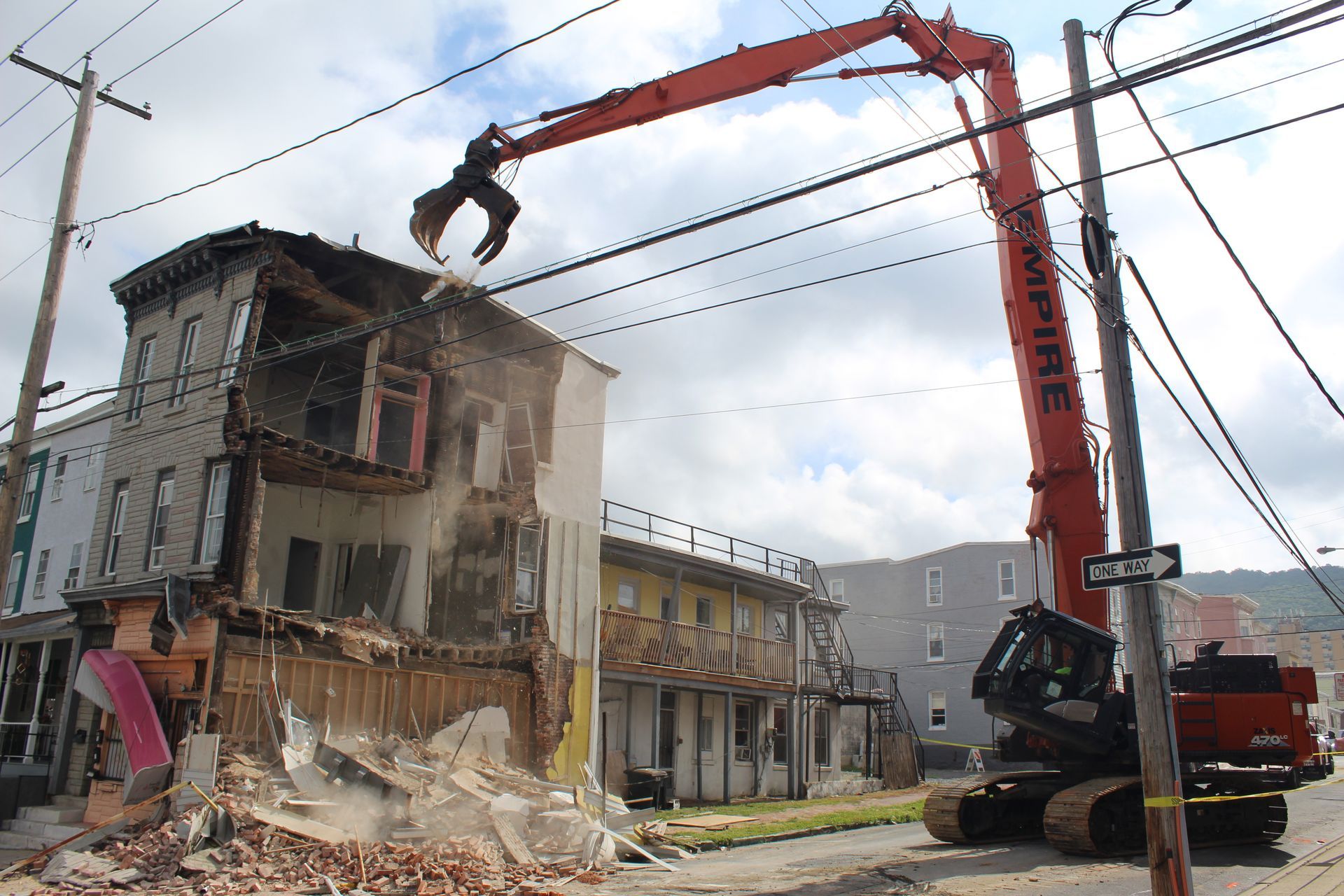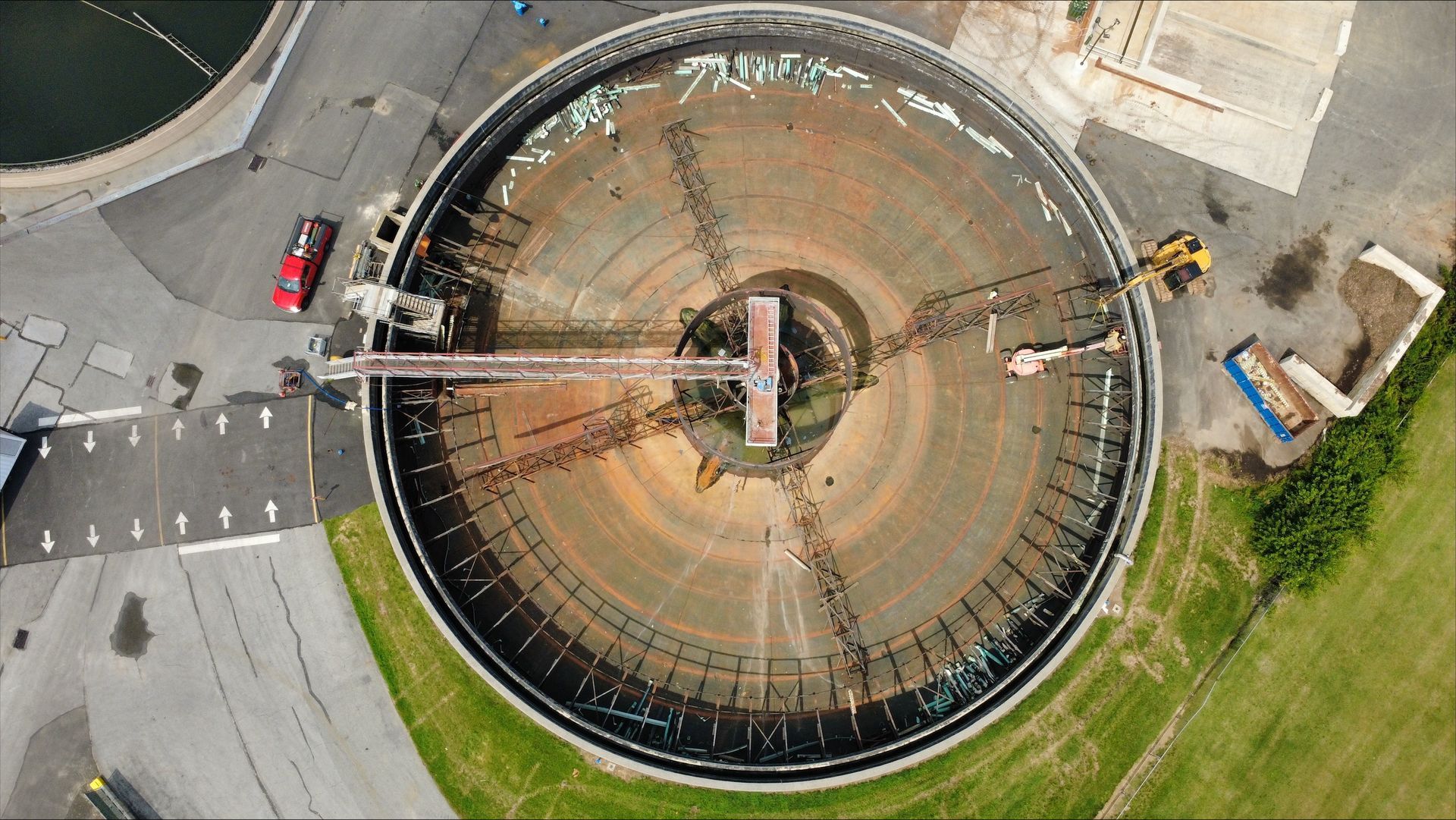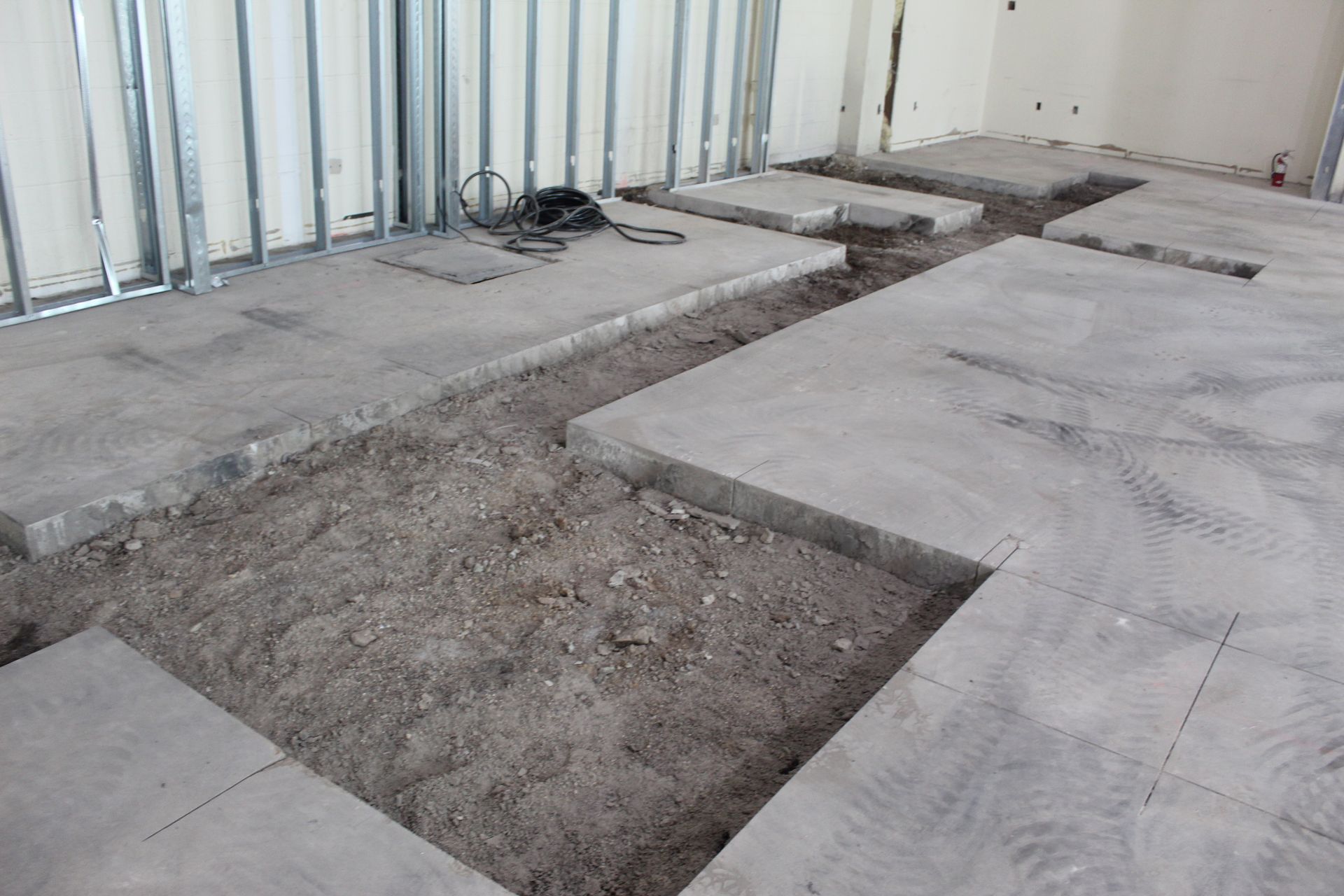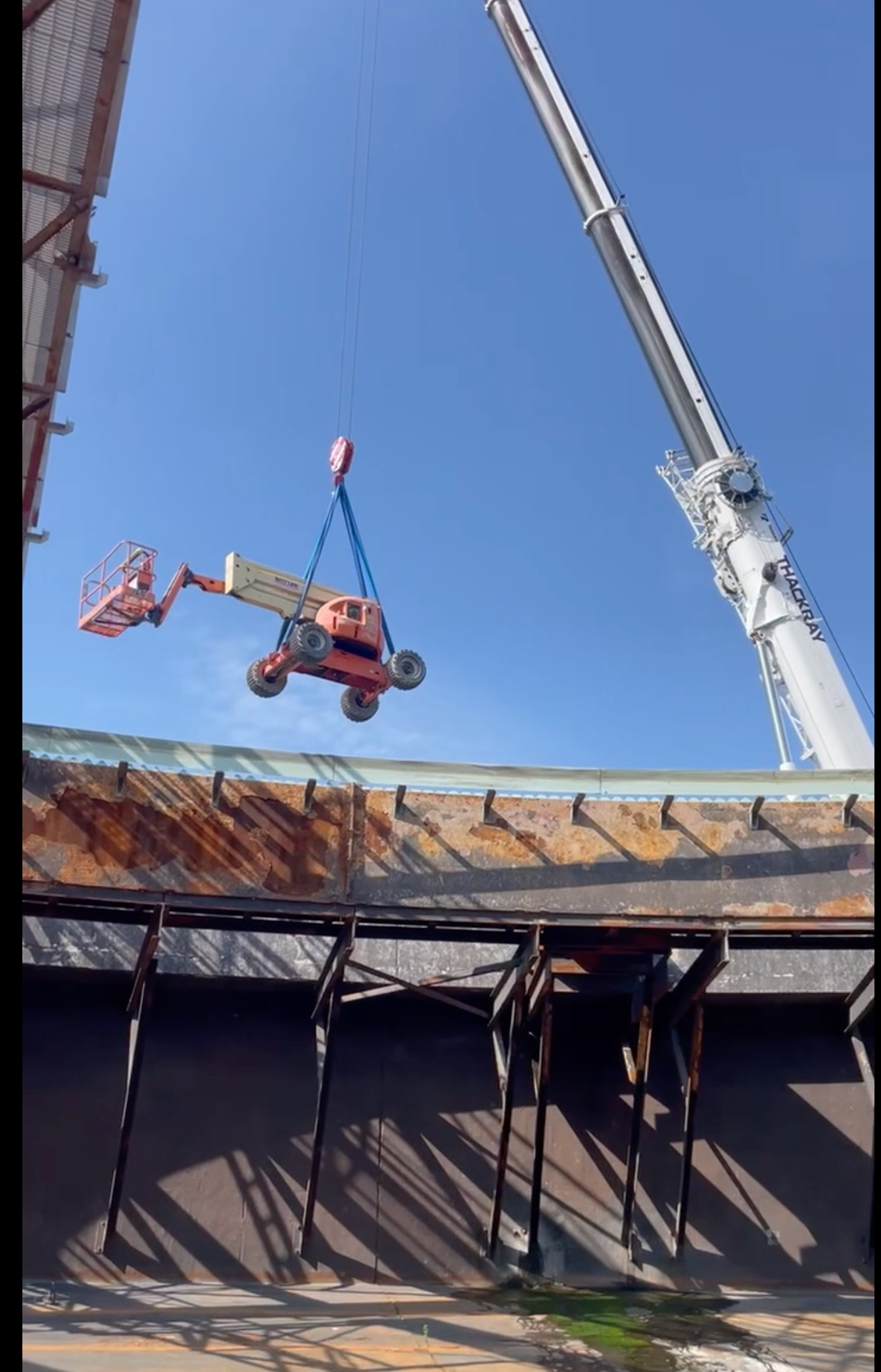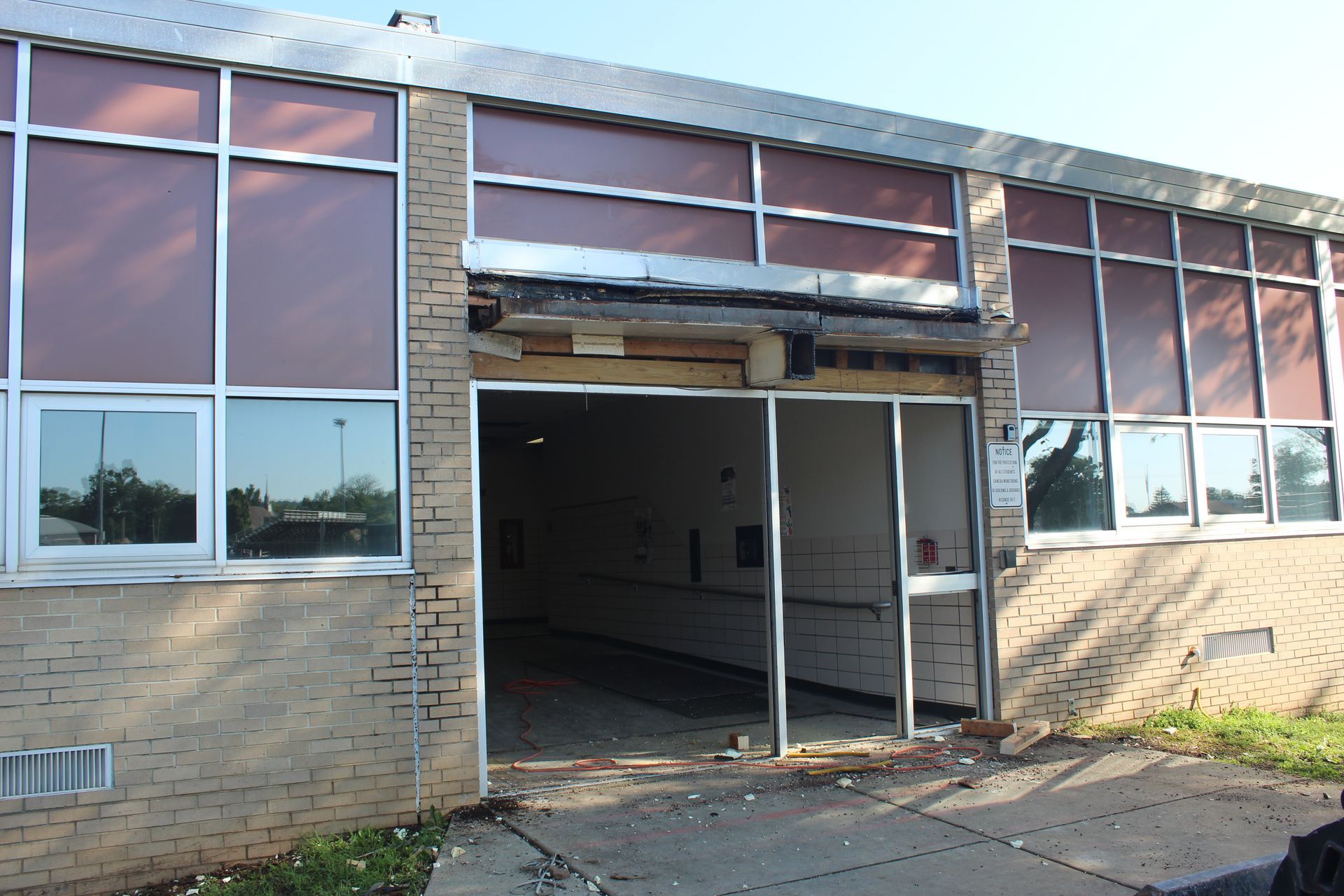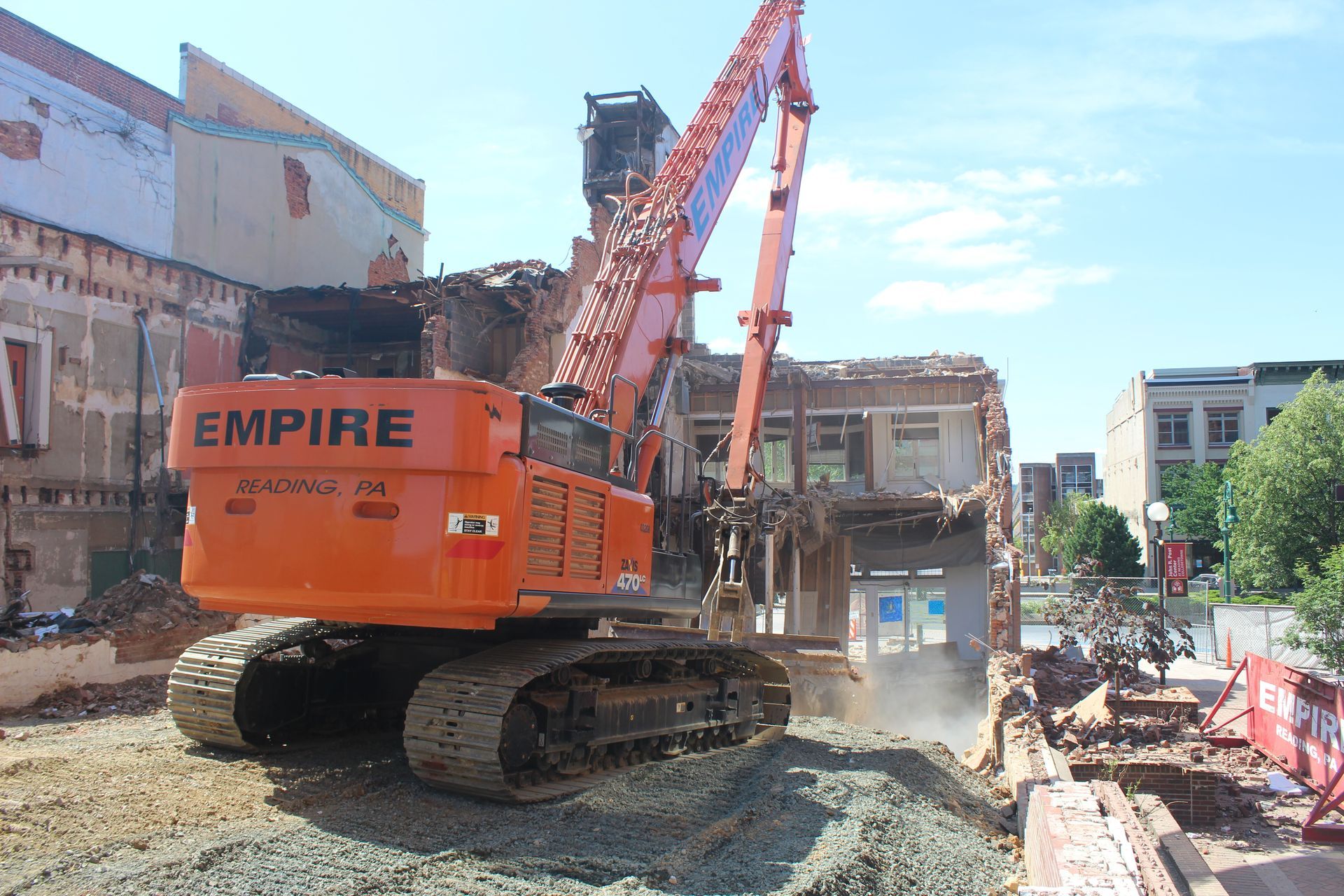Understanding the Two Types of Demolition
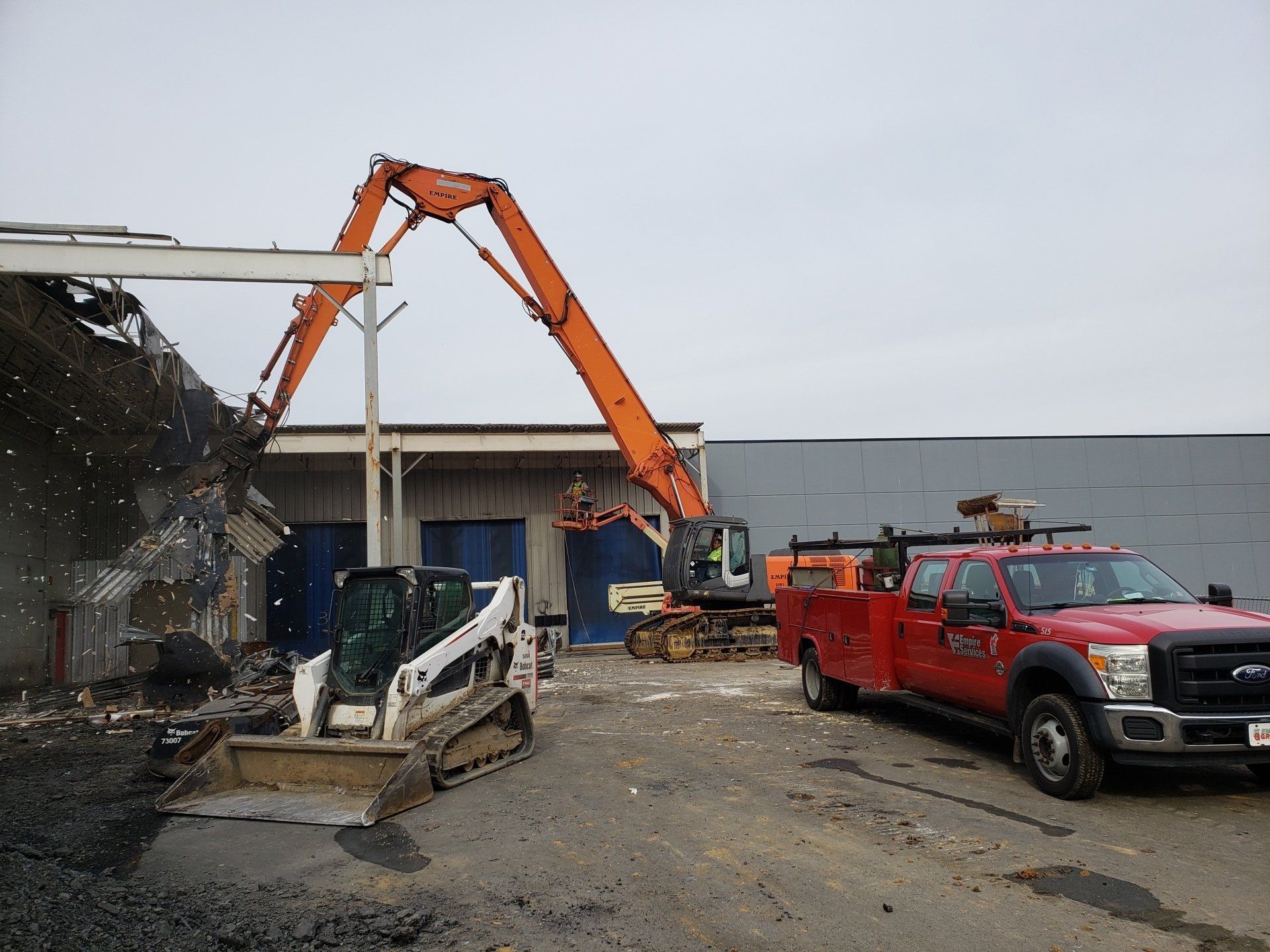
When a person thinks about demolition, the first thing that pops into their mind is a wrecking ball swinging into a building. While in some cases this is true, the majority of the time is a more delicate process utilizing different types of heavy equipment. There are two popular types of demolition: commercial and residential. Commercial demolition refers to business-specific buildings, such as office buildings and retail stores. Residential demolition refers to homes and buildings that are designated living spaces, such as homes and apartment buildings. Aside from the types of structures for each type of demolition, there are other differences. Let’s take a brief look at them.
Residential Demolition
Residential demolition has become more visible thanks to HGTV and their home renovation shows. The term “demo day” is used quite a bit, as it is part of the renovation process, and as such, time must be allotted for it. The schedule should also include time for encountering hazardous materials. These include asbestos, lead, mold, PCBs in caulk and mercury. They need to be handled safely and disposed of properly. The types of residential structures that can be demolished include houses, garages, barns, patios, decks, mobile homes, bathrooms, and kitchens as well as driveway and pool removal. Last year, Empire Services refurbished a homeowner’s backyard by removing their pool. Reasons for residential demolition range from renovating a room to removing a structure due to a safety risk.
Commercial Demolition
Unlike residential demolition, commercial demolition projects are larger and require different permits and planning. Heavy equipment, such as cranes, large excavators, and bulldozers, is used instead of small excavators and skid steers due to the size of the structure and building materials. The reasons for a commercial demolition include removing an abandoned or collapsed building, rebuilding on the site or repurposing the lot. Recently, Empire Services demolished portions of a vacant building to stabilize it as well as to protect the remaining structures.
The most frequently used methods of commercial demolition are mechanical (heavy machinery) and deconstruction. However, explosions (or implosions) are used when mechanical or deconstruction are not options. This method involves extensive and accurate planning and controls. Safety is always a top priority for both types of demolition; however, for commercial, it is even more important because of the external factors such as traffic, remaining structures and the public. Also, there are many different regulations attached to commercial projects.
The Similarities Between Residential and Commerical
While there are differences between the two types of demolition, there are similarities. Both require an inspection of the property and the utilities (each utility provider) need to be turned off and disconnected before the demolition process begins. They also require the proper permits and debris to be removed and disposed of properly. There are some materials that can be recycled or salvaged, such as windows, doors, hardware, trim and flooring. The contractor you choose for either type of demolition must be licensed and insured.
Empire Services has the experience and equipment to provide safe, cost-effective residential and commercial demolition services. We have access to over 100 pieces of equipment and provide emergency demolition for various structures. Check out our services to see which ones can make your project run smoothly!


